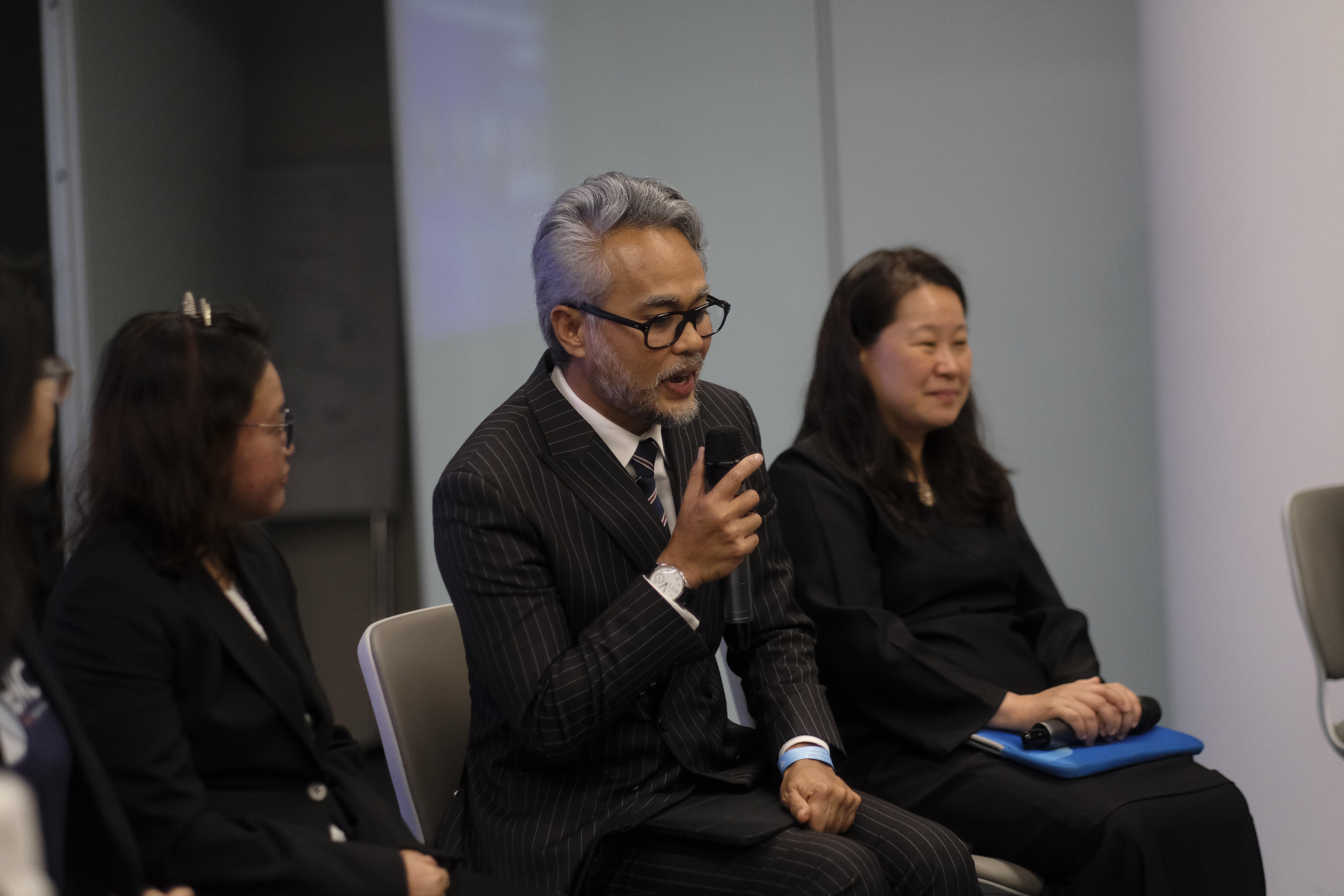In recent years, the rapid proliferation of streaming platforms has transformed the landscape of television entertainment, offering viewers an unprecedented array of choices at their fingertips. However, this surge in content production has sparked a growing debate: are these platforms inundating audiences with an overabundance of similar shows? As networks compete to capture viewer attention, patterns of repetitive themes, genres, and narratives have emerged, prompting questions about the implications for both consumers and creators. This article delves into the dynamics driving this trend, examining its impact on audience engagement, creative innovation, and the long-term sustainability of the streaming industry.
Analyzing Content Saturation: Patterns and Trends in Streaming Releases
The surge of content on streaming platforms has led to a noticeable pattern: the proliferation of shows with similar themes and narratives. Viewers often encounter series that recycle popular concepts, resulting in a landscape where originality can seem scarce. This trend is driven by the platforms’ desire to capitalize on proven formulas, aiming to secure audience engagement through familiar storylines. However, this approach raises questions about creative diversity and the potential fatigue among subscribers who crave fresh and innovative content.
Several trends have emerged in this environment:
- Genre Clustering: A noticeable concentration of releases within specific genres, such as true crime or dystopian sci-fi, often coincides with the success of a breakout hit.
- Shared Themes: Common narratives, such as post-apocalyptic survival or supernatural mysteries, are frequently explored in multiple series, sometimes leading to a sense of repetitiveness.
- Franchise Expansion: Established franchises see spin-offs and prequels, banking on existing fan bases rather than venturing into new storytelling territories.
As platforms navigate this crowded space, balancing the demand for familiar content with the need for originality remains a critical challenge.

Viewer Fatigue: Understanding Audience Reactions to Repetitive Themes
As streaming platforms churn out content at a rapid pace, the recurrence of similar themes and genres has sparked discussions about viewer fatigue. Audiences are increasingly voicing concerns about the monotony in storytelling. While some might enjoy the comfort of familiar plots, others crave diversity and innovation in their viewing experiences. This saturation of similar narratives can lead to a sense of déjà vu, diminishing the excitement and engagement levels typically associated with new releases.
Several factors contribute to this phenomenon:
- Market Trends: Platforms often replicate successful formulas to capitalize on popular trends.
- Risk Aversion: Investing in familiar themes is seen as a safer bet compared to experimenting with untested concepts.
- Algorithm Influence: Data-driven decisions can lead to the overproduction of content that mirrors previous hits.
Addressing this issue requires a balance between catering to audience preferences and pushing creative boundaries. By embracing a more diverse range of stories, streaming platforms can potentially rejuvenate viewer interest and stave off the fatigue associated with repetitive themes.

Strategic Diversification: Balancing Variety and Familiarity in Programming
In the world of programming, strategic diversification plays a crucial role in ensuring that streaming platforms offer a balanced mix of content that keeps audiences engaged. The key lies in blending variety and familiarity. While audiences crave new and exciting narratives, there’s also a comfort in the known tropes and genres that have historically performed well. Platforms must navigate this delicate balance to avoid oversaturating the market with shows that, while new, feel all too similar to existing offerings.
To achieve this balance, platforms can employ several strategies:
- Genre Blending: Mixing elements from different genres to create fresh experiences that still feel familiar.
- Innovative Storytelling: Incorporating unique narrative structures or perspectives to differentiate shows.
- Diverse Voices: Promoting content from creators of various backgrounds to introduce new ideas and themes.
By carefully curating their content lineup, streaming services can maintain audience interest and loyalty without falling into the trap of repetitive programming.

Recommendations for Platforms: Enhancing Content Uniqueness and Appeal
To enhance content uniqueness and appeal, streaming platforms should consider diversifying their offerings by investing in a wider range of genres and storytelling techniques. Emphasizing original content can set a platform apart, drawing in viewers who crave fresh narratives and innovative concepts. Collaborating with international creators can also introduce new perspectives, appealing to a global audience. By focusing on unique cultural stories and diverse voices, platforms can create a richer, more varied content library.
Strategies to consider include:
- Genre Expansion: Encourage exploration of underrepresented genres such as speculative fiction, docudramas, or animated anthologies.
- Talent Development: Invest in new and emerging creators, providing them with resources and creative freedom to innovate.
- Data-Driven Insights: Utilize viewer data to identify gaps in current offerings and tailor content to meet unfulfilled viewer interests.
- Cultural Collaborations: Partner with international studios to produce content that resonates across different cultures.
By implementing these strategies, platforms can reduce content redundancy and offer viewers a more engaging and varied viewing experience.



